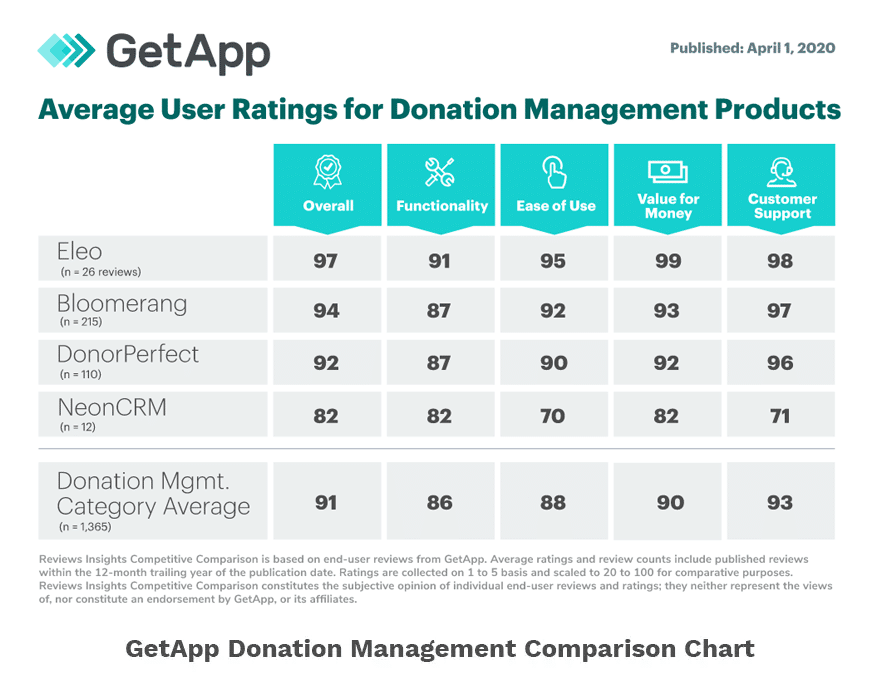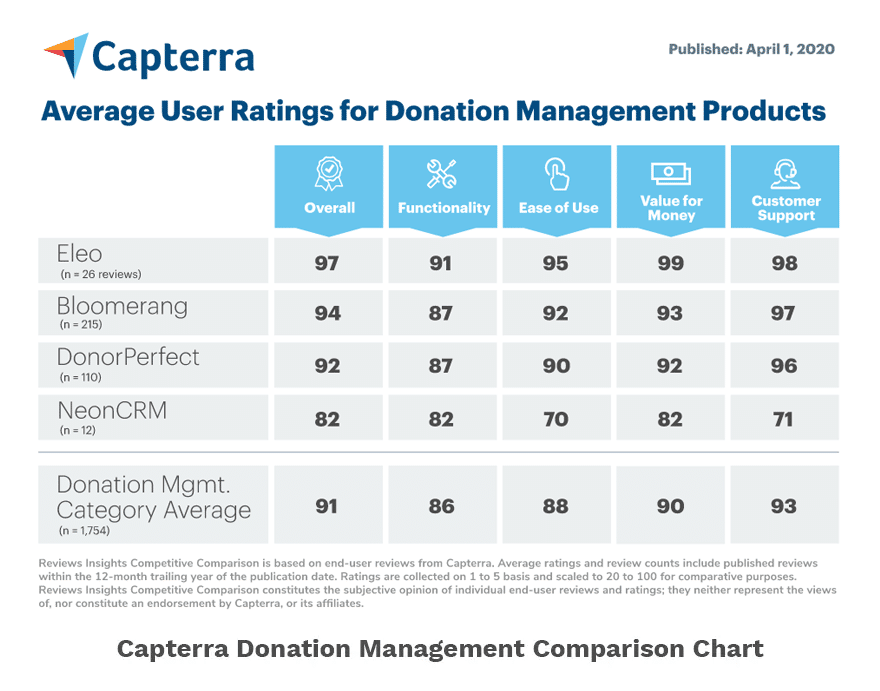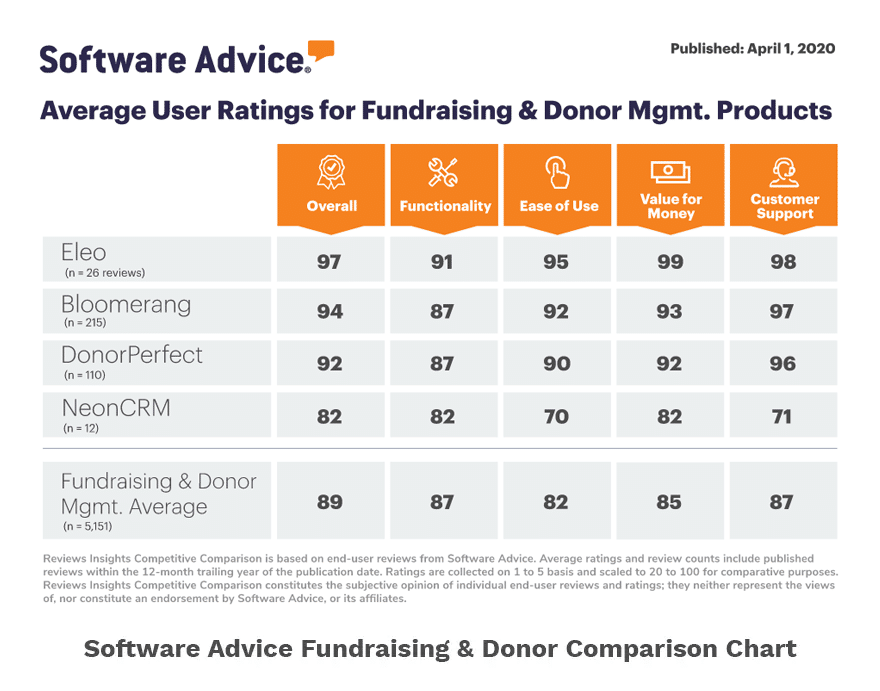
The saying “a picture is worth a thousand words” is as true today as when it first appeared more than 100 years ago. By the way, it was first used in 1921 by an advertising executive named Fred Barnard who wanted to promote the use of images in magazine ads. He understood how an image could powerfully convey emotion and meaning.
One might struggle to communicate a message in writing, but with the right photo, the message can be delivered instantly and with more impact!
The Value of Professional Photography
“Why should we hire a photographer when every staff member, volunteer, and attendee has a camera built into their mobile phones?”
Small nonprofits should capitalize on this to encourage supporters to create and share user-generated content. But access to a high-quality camera does not guarantee high-quality images that can support a small nonprofit’s fundraising, communication, and marketing strategies.
Does everyone with a smartphone know how to compose the perfect shot? Do they know how to capture the perfect moment? Do they know the ideal lighting? Do they know how to create images that are crisp, vibrant, bright, and balanced?
Most importantly, are they capable of producing images that will help bring clarity and emotion to your mission, convey the impact of your work, and convince people to donate, attend an event, or volunteer?
An intern or board member who loves to take pictures is no substitute for a professional photographer. A professional has the expertise, ability, equipment, and track record to produce high-quality photos that support your nonprofit’s goals!
The Benefits of Professional Photos
Functionally speaking, professional photos can be optimized for use on print (direct mail, brochures, annual appeal) or digital (website, social media, email) platforms. From the donation page on your website, to cover images on Facebook and Instagram, to your end-of-year appeal package, photos are versatile and have long-lasting value.
Event photos from this year, for example, can be reused to promote next year’s event. You can even print and frame photos to send to major donors, sponsors, volunteers, and award recipients!
Beyond function, high-resolution photos show who you are, who you help, your core values, and how you make a difference. They add credibility, interest, and authenticity. They capture emotion, energy, and nuance that connect with your audience and increase engagement. High-resolution, high-quality images also elevate the perceived value of your nonprofit’s brand and help build trust and confidence.
And you know what they say about first impressions. A compelling photo can be the difference between someone engaging to learn more about your nonprofit or quickly scrolling by.
Choosing the Right Photographer for Your Small Nonprofit
The photographer you choose should be able to show you samples of their work with other nonprofits. They should also have a strategic planning process for making sure they understand exactly what you need. For example:
- What programs and projects will be highlighted?
- Who and what activities should be photographed?
- What is the specific shot list of must-have photos?
- Do you need posed or candid photos, or both?
- How will the photos be used?
- Do you need vertical (tri-fold brochure) or horizontal (social media header) orientation for certain shots?
A good photographer will be happy to contribute ideas! For example, they might recommend a time of day and types of clothing for a planned photoshoot, or how to use a certain type of photos in ways you hadn’t considered. Not only will this help them deliver the results you want, but it will also make it easier for them to do their job.
Finally, make sure the photographer’s contract grants your nonprofit full rights to all images. You should have full ownership of all original and finished photo files to use as you please. Consider having an attorney review at least the first contract with a photographer or any vendor. As part of this process, prepare photo and video releases and waivers to ensure you have permission of photo subjects to use photos that include them!
More than pretty pictures, professional photos are strategic marketing tools. From that perspective, low-quality photos are more costly to your organization than the fee of a professional photographer. Consider investing in a professional photographer because the return on that investment can be enormous!





